An oriental adventure: Max von Oppenheim and the discovery of Tell Halaf
-

-

Archaeological sensation: Baron Max von Oppenheim (1860–1946), whose passion was the culture of the East, discovered the former residence of an Aramaean prince from the early first century BC in 1899. Tell Halaf, the site of the discovery, is situated in modern-day Syria near the Turkish border. The discovery was an archaeological sensation. -
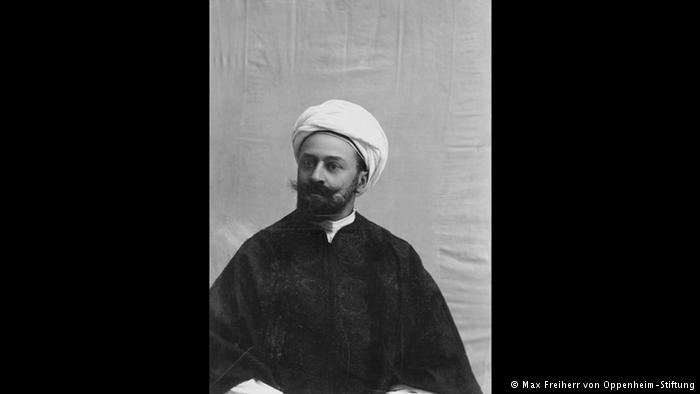
From attaché to archaeologist: Max von Oppenheim was born into a family of bankers in Cologne, Germany. After studying law, he travelled to regions that are now part of Lebanon, Iraq, Syria, Egypt and Turkey. His parents financed his expeditions. From 1896 to 1909, Oppenheim worked as an attaché at the German Consulate General in Cairo. -
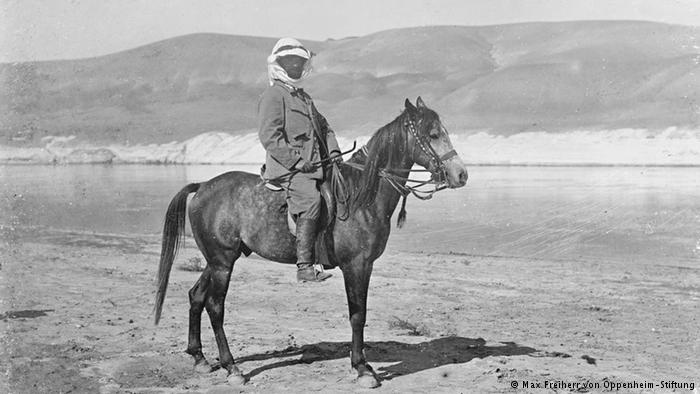
While in Cairo, Oppenheim (pictured above) learned Arabic and – unlike many other Europeans – conversed with desert nomads (the Bedouins) and locals from humble backgrounds. He also socialised with representatives of the pan-Islamic movement, who wanted to liberate themselves from their colonial rulers, the British. It comes as no surprise, therefore, that the British distrusted the German baron. -
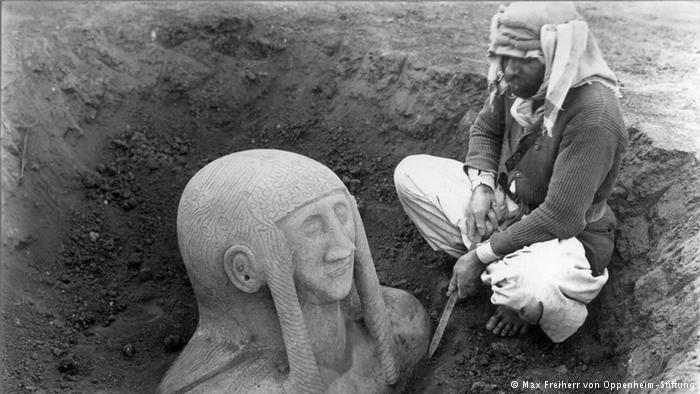
Oppenheim's contacts with the Bedouins proved most useful. It is thought that it was they who told him about eerie stone paintings that had frightened them so much that they buried them again. At Oppenheim’s request, they took him to the site, where he discovered Tell Halaf, the former residence of an Aramaean prince from the early first century BC. Because Oppenheim was often accompanied by photographers on his expeditions, his spectacular discovery is well documented. -
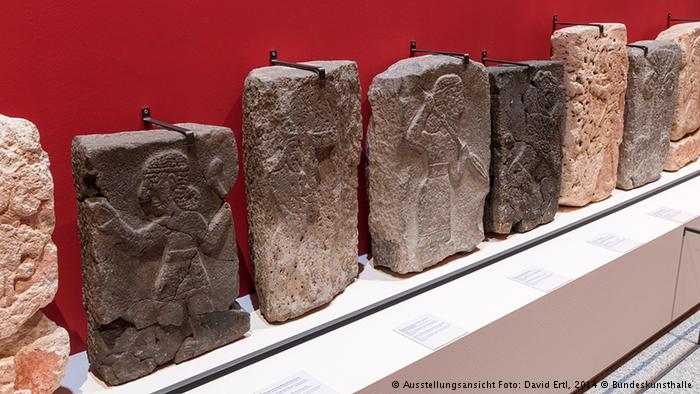
Oppenheim returned to the archaeological site in 1911 and started excavations, which lasted two years. Around 500 locals were hired to help with the project. They uncovered the Western Palace, reliefs of animals and humans, fascinating stone sculptures, the North-Eastern Palace, city walls, city gates, graves and a so-called cult room. -
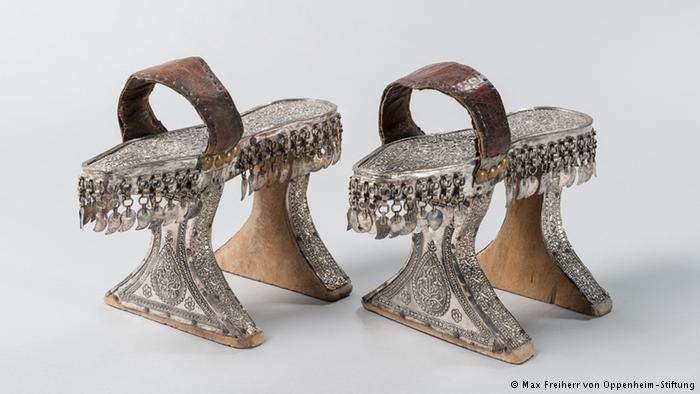
In the early twentieth century, it was common practice for treasures discovered by Europeans to be exported – sometimes officially, sometimes secretly – out of the countries where they were found and put on display in national museums in Europe. Possessing extensive collections of valuable historical artefacts, such as the Turkish bathing stilts pictured above, allowed European countries to demonstrate their power and show themselves to be highly cultured -
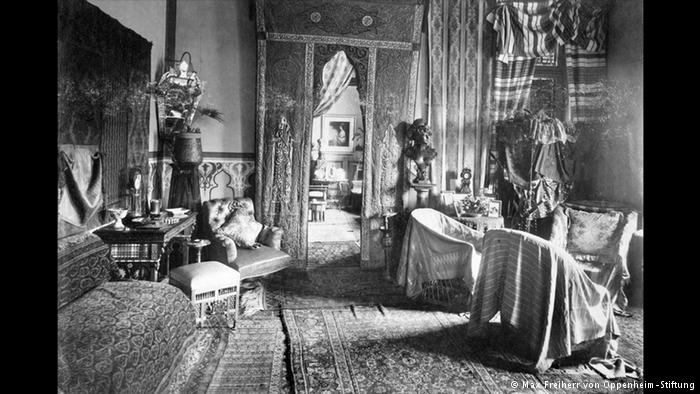
Hidden treasures: initially, many findings remained in the Ottoman Empire because Oppenheim couldn't reach agreement with the authorities on the exportation of the treasures to the German Empire. But instead of leaving the figures and murals with the Ottomans, Oppenheim brought them to his expedition house, Wüstenschloss. He also stored parts of his collection in his villa in Cairo. -
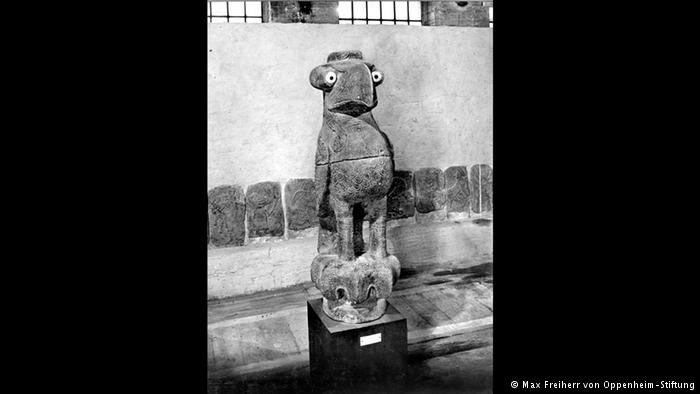
During World War I, Oppenheim was responsible for propaganda at the German embassy in Constantinople (now Istanbul). After the war, he founded the Orient Research Institute, a foundation and, in 1930, the Tell Halaf Museum in Berlin, which was destroyed by bombs in World War II. All that was left after the bombing was fragments, which were stored in the basement of the Pergamon Museum in Berlin and eventually forgotten. -
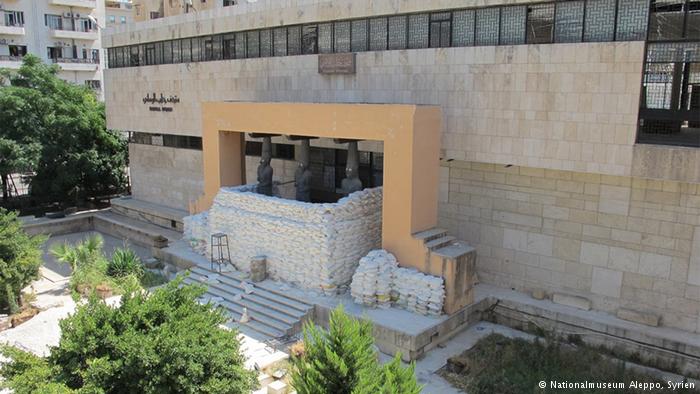
Oppenheim, who died a year after the end of World War II, had specific ideas about how elaborate the portal of the West Palace must have been. However, his reconstruction plans are not logical: the dimensions are not in line with the stone slabs and sculptures that were found. Nevertheless, his plans were still used as a model for the façade of the National Museum in the Syrian city of Aleppo (pictured here). -
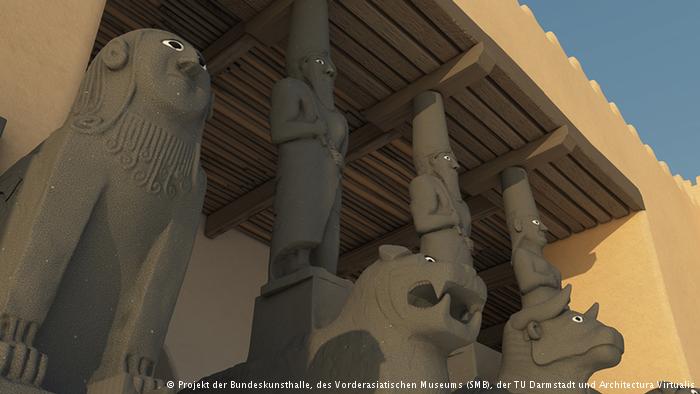
Elaborate restoration: It was only after German reunification that the DFG (the self-governing organisation for science and research in Germany) and the "Foundation of the Bank Company Sal. Oppenheim" financed the elaborate restoration of the remains of Tell Halaf, which lasted almost nine years.
https://qantara.de/en/node/35364
Link
To all image galleries